10.000 Schritte?
Wir wissen wie wichtig es ist den ganzen Tag über aktiv zu bleiben und gleichzeitig haben wir einen starken, unbewussten Drang Energie zu sparen. Weniger Bewegung wird oft mit Komfort assoziiert, während mehr Bewegung häufig als unangenehm empfunden wird. Daher haben wir unsere Umgebung so gestaltet, dass sie diesem biologischen Drang entspricht.
Die Konsequenzen dieses biologischen Paradoxons – wenn ein bewegungsabhängiger Organismus in eine bewegungsarme Umgebung gerät – zeigen sich in der Epidemie metabolischer Erkrankungen wie Typ-2-Diabetes. In Kombination mit modernen Schuhen berauben wir unser muskuloskelettales System zudem der notwendigen, grundlegenden Reize, um Kraft und Ausdauer in unseren Füßen aufzubauen, die uns den ganzen Tag tragen können. Dies stellt eine weitere Hürde bei der Reaktivierung von Menschen dar: Fußdysfunktionen.
Für viele moderne, schuhtragende Menschen muss die Steigerung des Aktivitätslevels – also die Verlängerung der Zeit, die auf den Füßen verbracht wird – die Gesundheit und Funktion der Füße berücksichtigen. Leider wird uns heute vorwiegend beigebracht, symptomatische Behandlungen wie Orthesen und starre Schuhe zur Unterstützung einzusetzen.
Wir sind der Meinung, dass ein erster und sehr entscheidender Schritt zur Erhöhung des Aktivitätsniveaus darin besteht, richtig sitzende, fußgerechte Schuhe zu tragen mit ausreichendem Schutz für die individuellen Bedürfnisse und vor allem Fußübungen in den Alltag zu integrieren.
Die Empfehlungen variieren je nach Land und hängen auch vom Alter und Gesundheitszustand ab. Es herrscht jedoch weitgehend Einigkeit darüber, dass etwa 10.000 Schritte pro Tag oder mehr als aktiv gelten, während Personen, die weniger als 7.000 Schritte pro Tag zurücklegen, als inaktiv eingestuft werden. Zahlreiche Studien haben gezeigt, dass eine Steigerung der täglichen Schrittzahl (als Messgröße) zu erheblichen Verbesserungen der körperlichen, psychischen und physiologischen Gesundheit führt.
Gehen ist eine relativ gelenkschonende Aktivität. Das bedeutet, selbst wenn Ihre Füße nicht vollständig funktionsfähig sind, ist das Verletzungsrisiko gering. Vor allem, wenn Sie regelmäßige Fußübungen in Ihren Alltag integrieren.
Die Verwendung, der auf unserer Seite vorgestellten Übungen, das Tragen passender Schuhe und das Ziel von 10.000 Schritten pro Tag sind ein sehr guter Weg, um sich selbst zu reaktivieren und langfristig eine solide Grundlage für mehr Aktivität zu schaffen!
Siehen Sie sich unseren vorherigen Beitrag über die richtigen Schuhe an, um diese Schritte optimal zu unterstützen!
Quellen:
Freese, Jens et al. "The sedentary (r)evolution" F1000 Research, vol. 6, 2018
Hallay et al. “Happy feet” BMC Psychiatry, 2018
Castres et al. "Effects of 10,000 steps" J Endocrinol Invest, 2017
Yuenyongchaiwat K. "Effects of 10,000 steps" Braz J Phys Ther, 2016
Pillay et al. BMC Public Health, 2015
Tudor-Locke C. et al. "Steps per/day adults" Int J Behav Nutr Phys Act, 2011
Choi B.C et al. "Daily step Goal of 10000 steps" Clin Invest Med, 2007
Tudor-Locke C. et al. "How many steps a day are enough?" Sports Med, 2004
Iwane M. et al. Hypertens Res, 2000





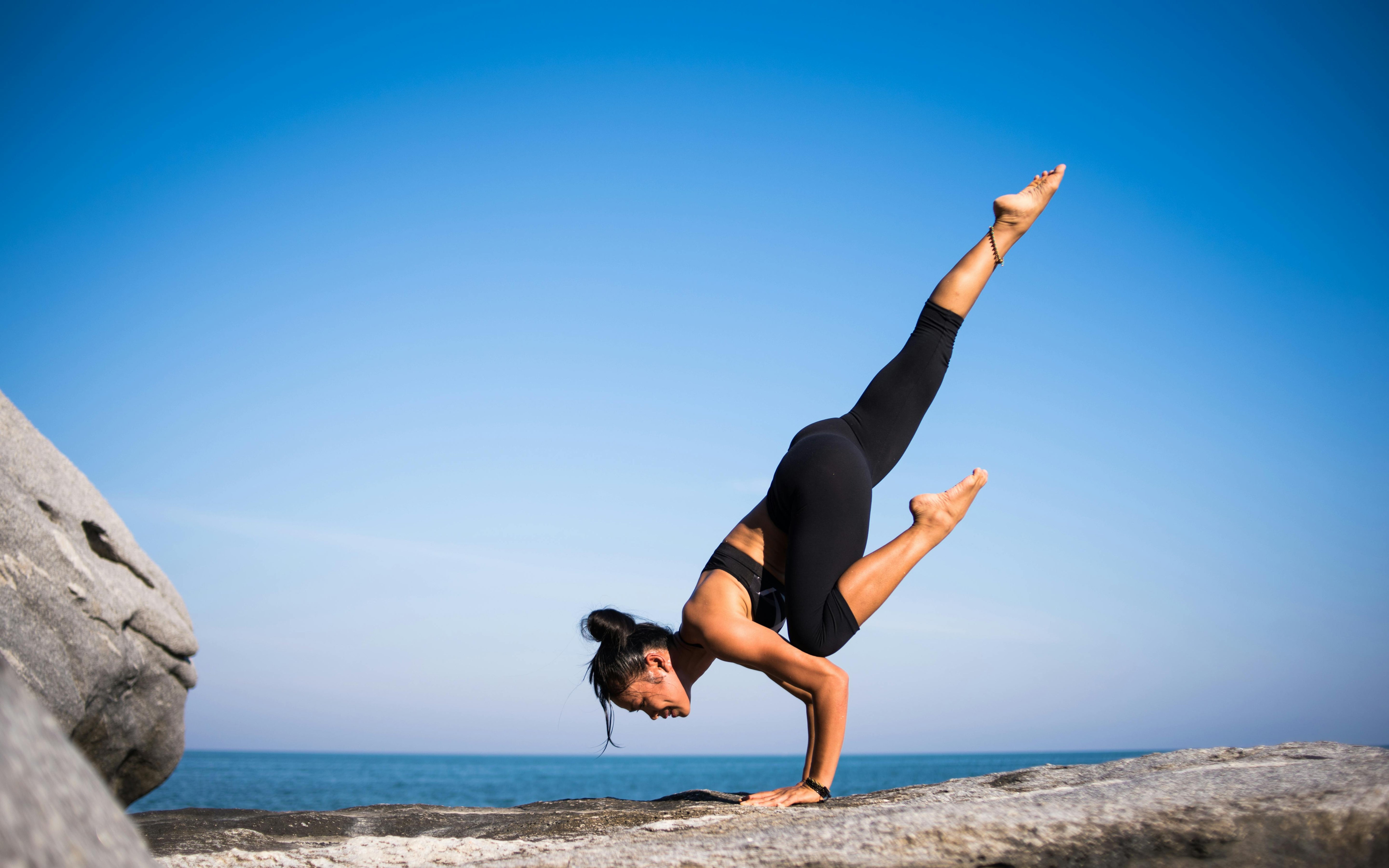
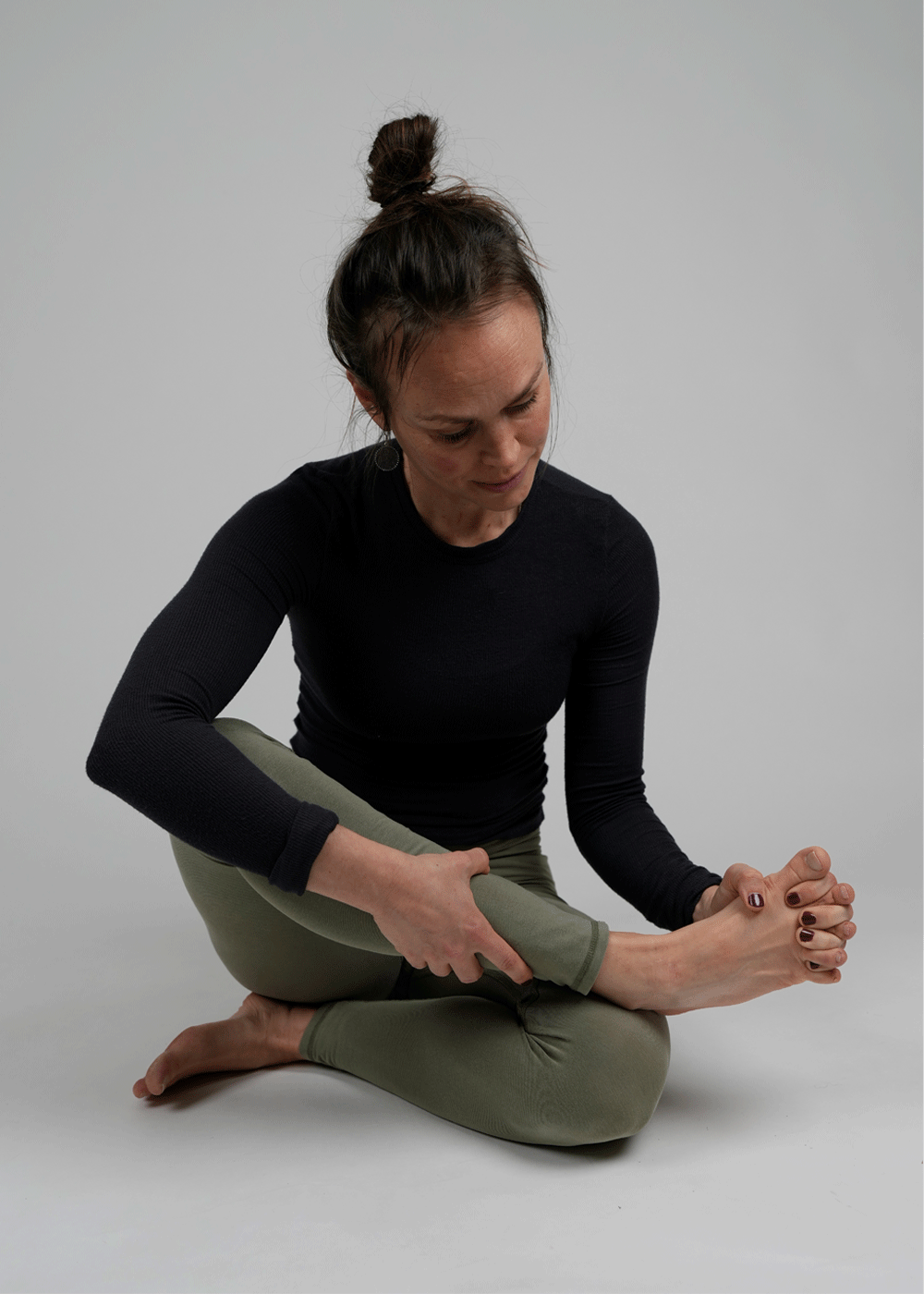
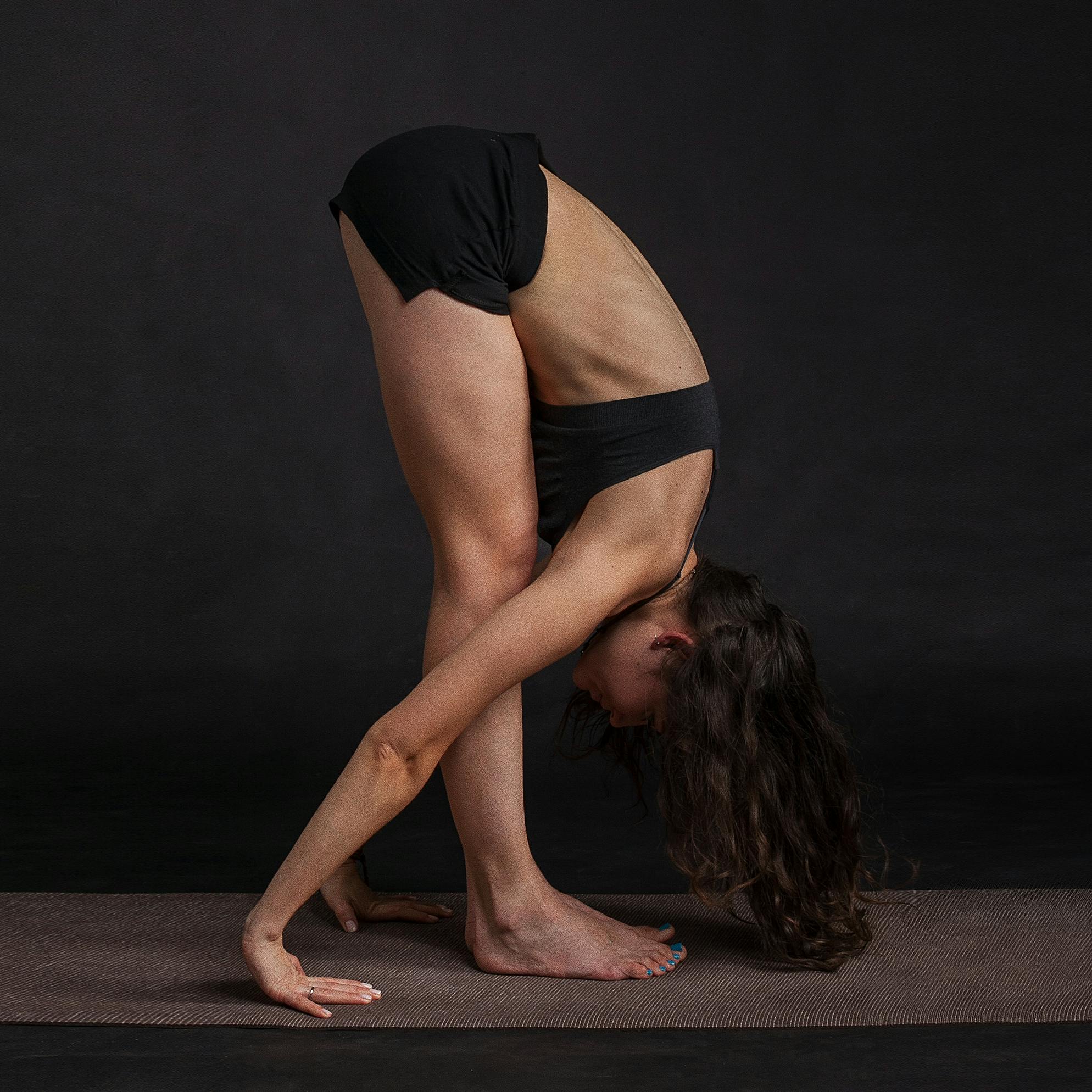


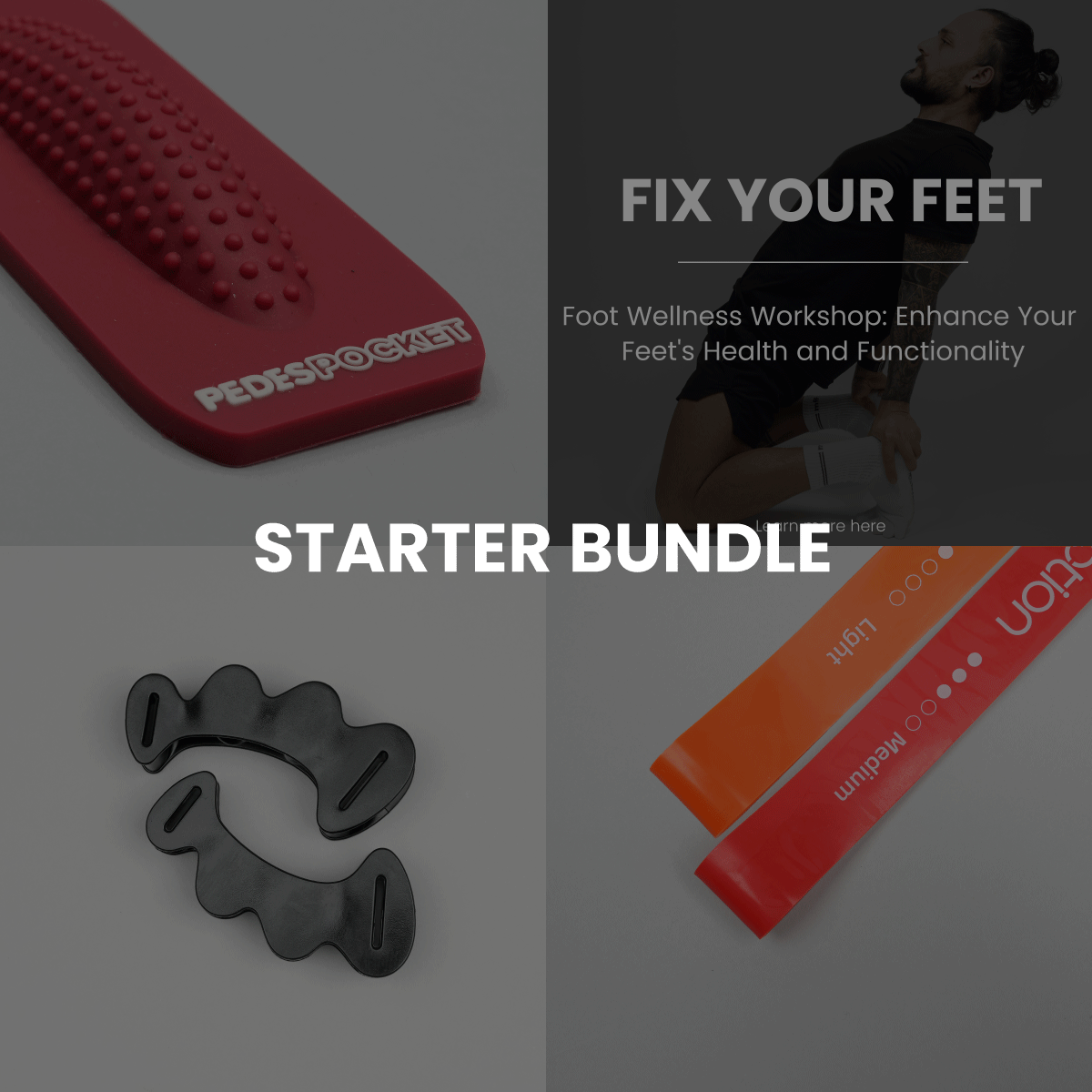
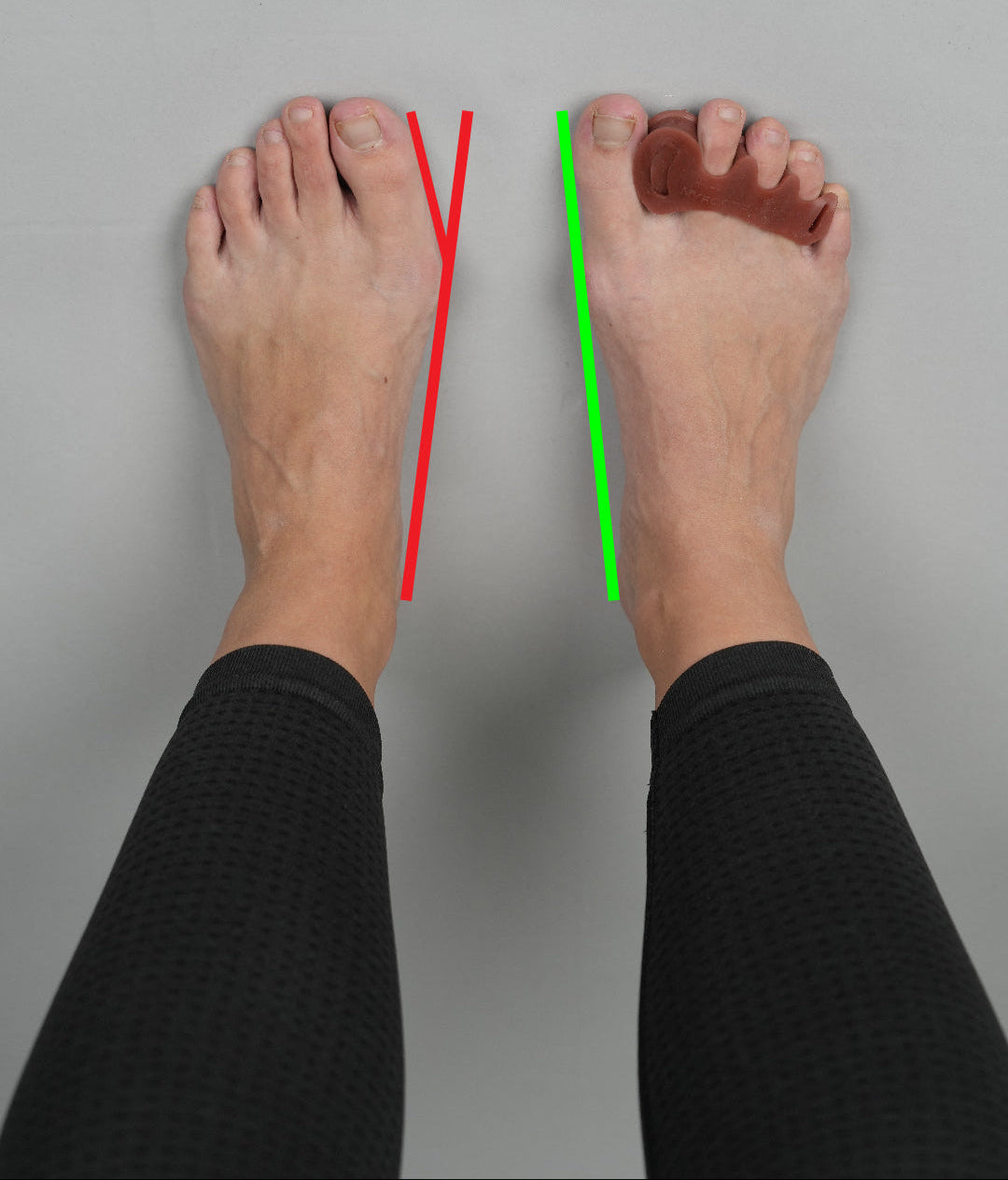
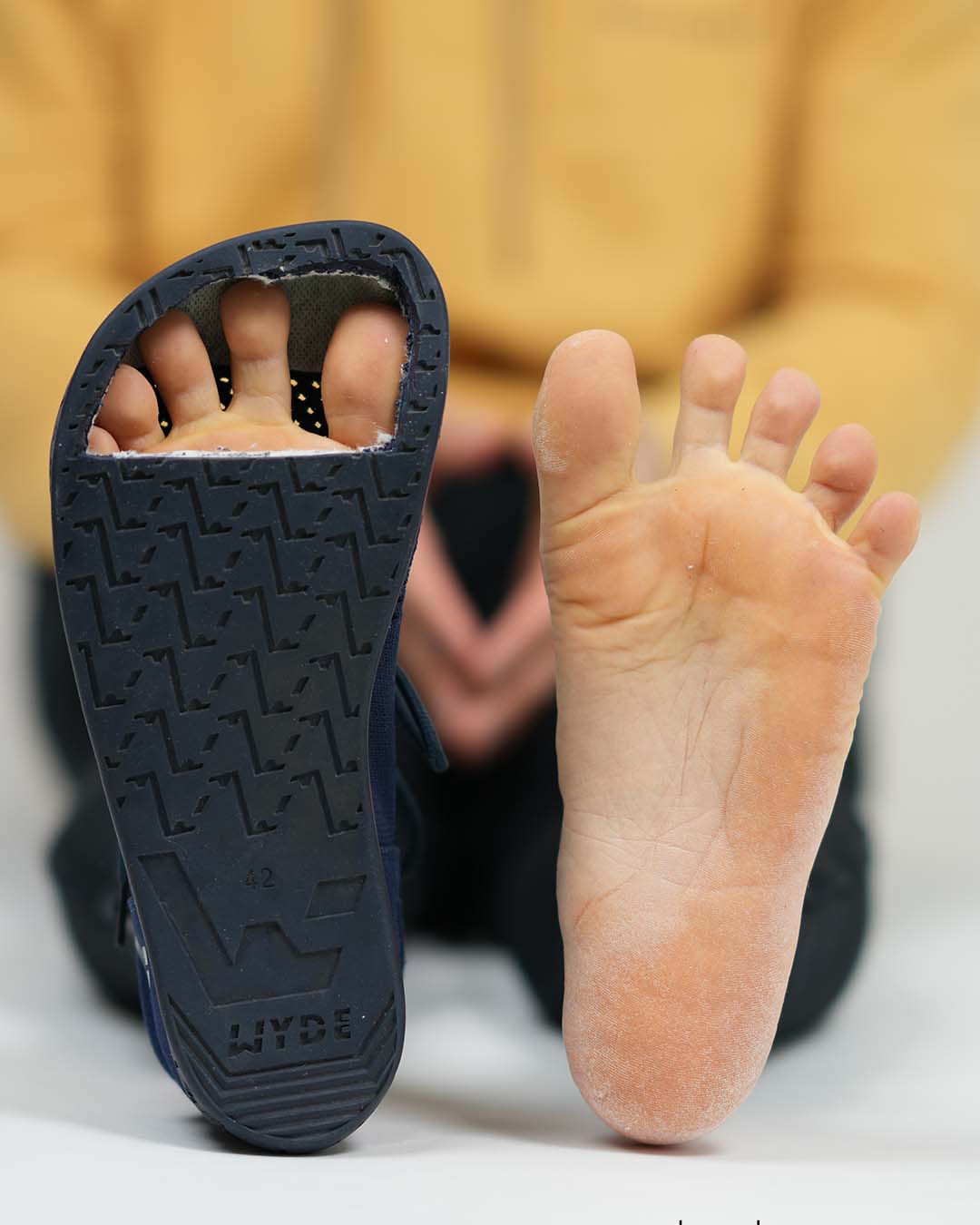
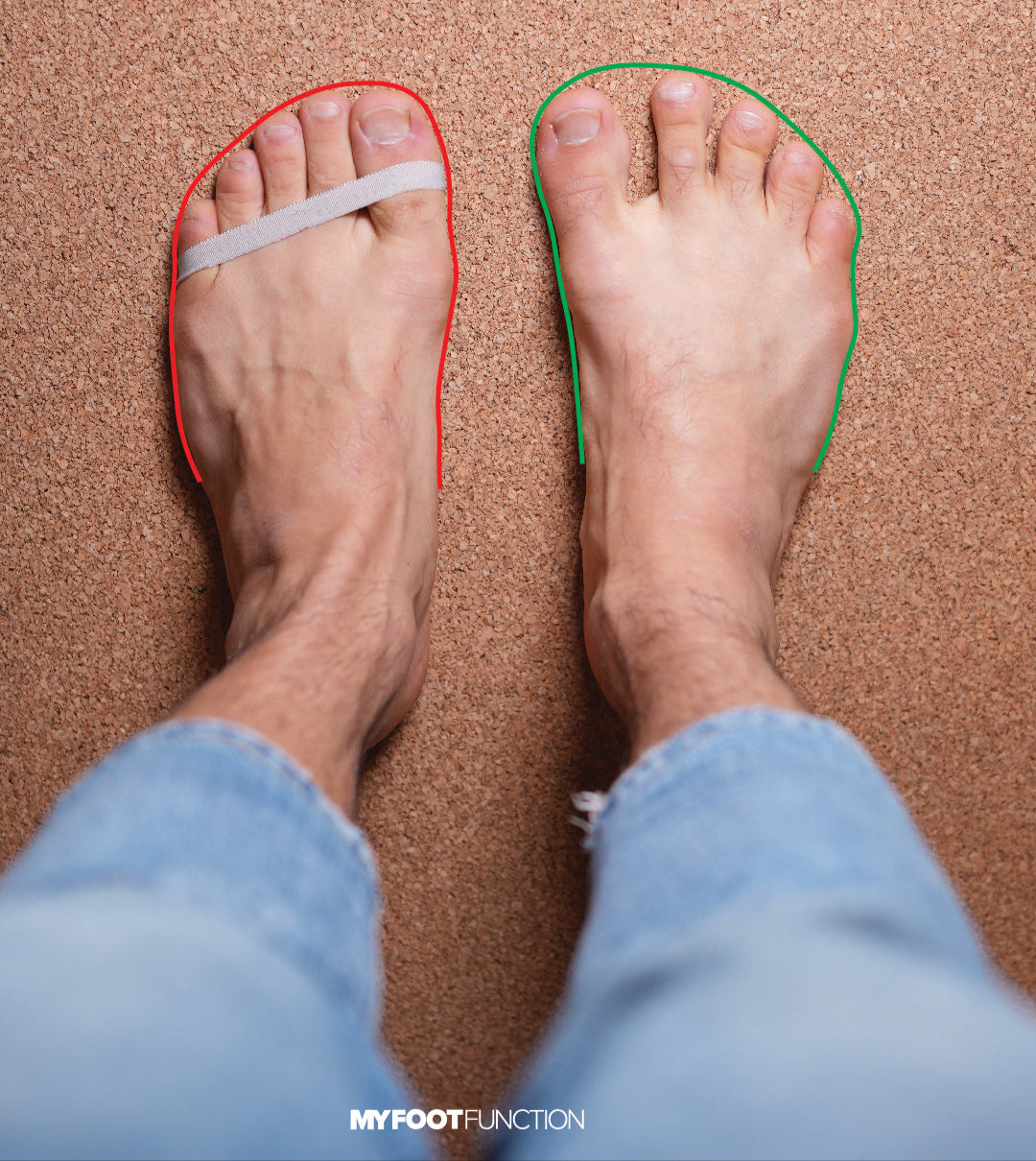
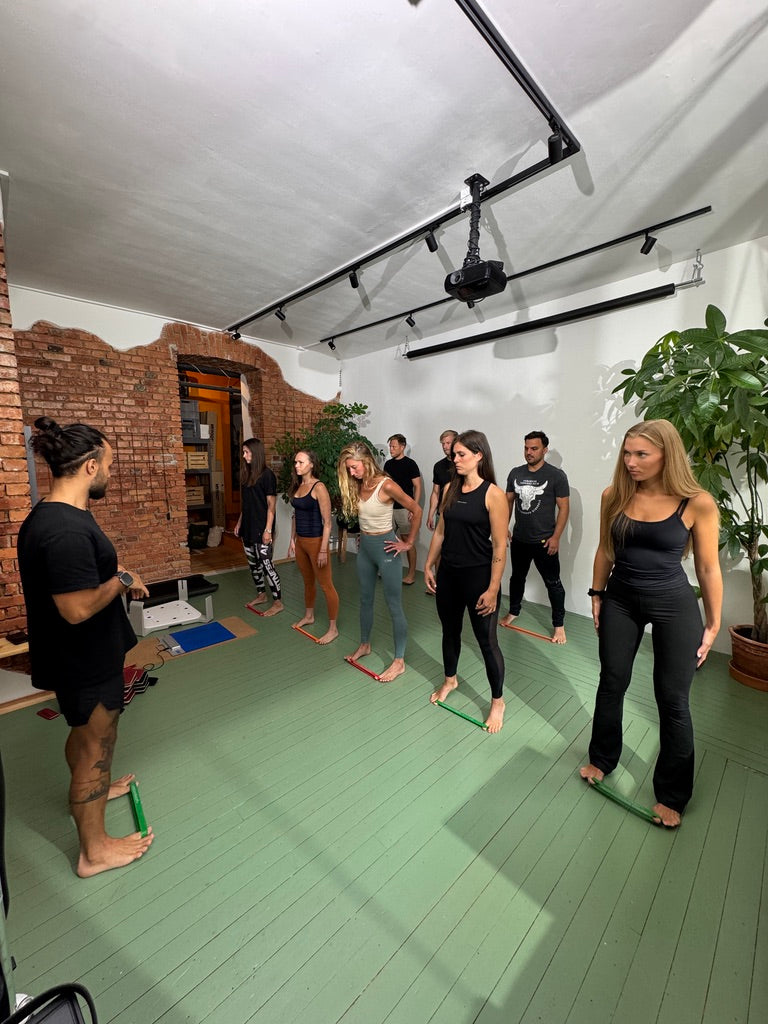
Share:
Ihre Alltagsschuhe verursachen den größten Schaden!
Lage der Achse des Subtalargelenks und Rotation